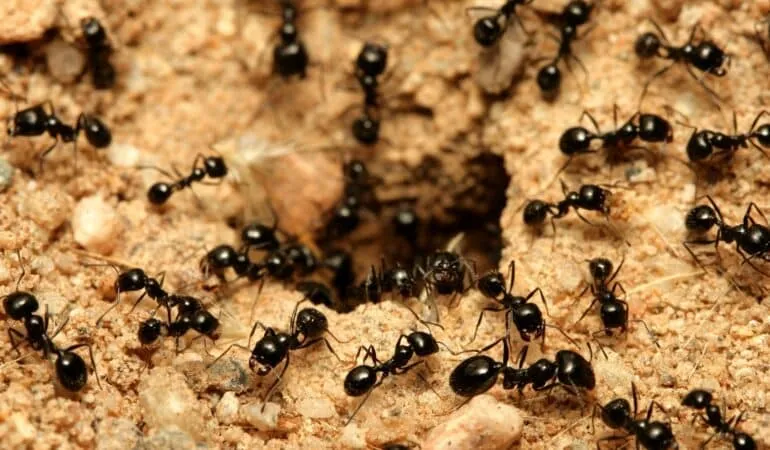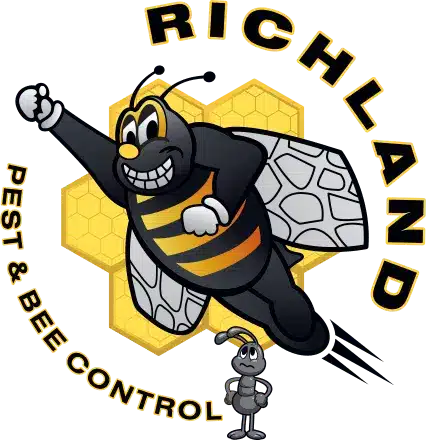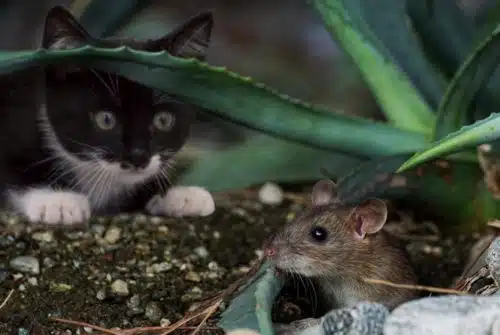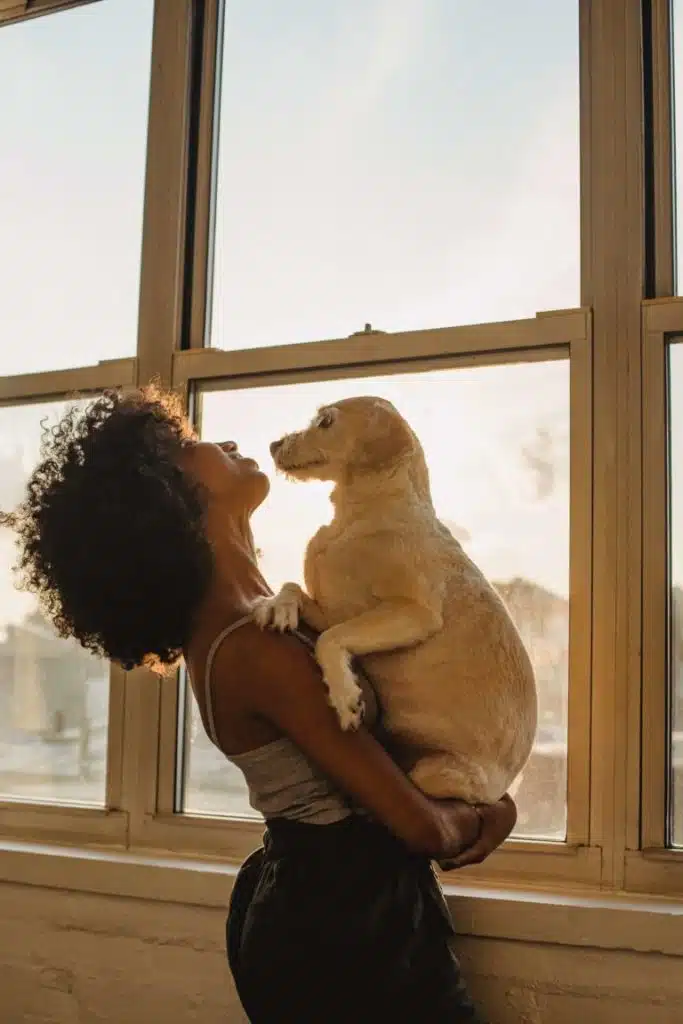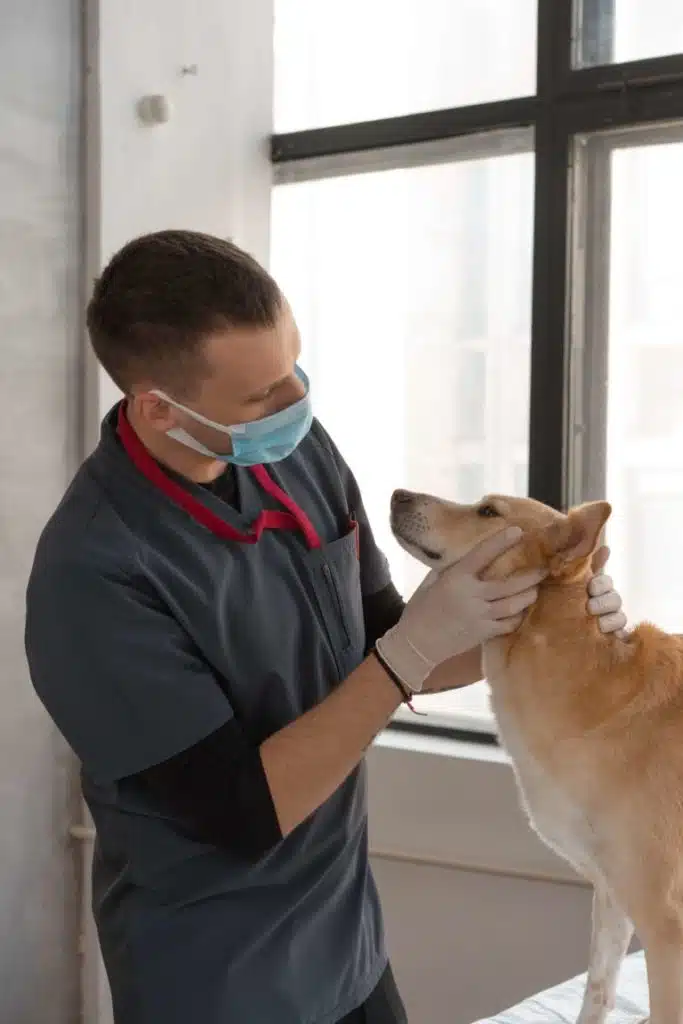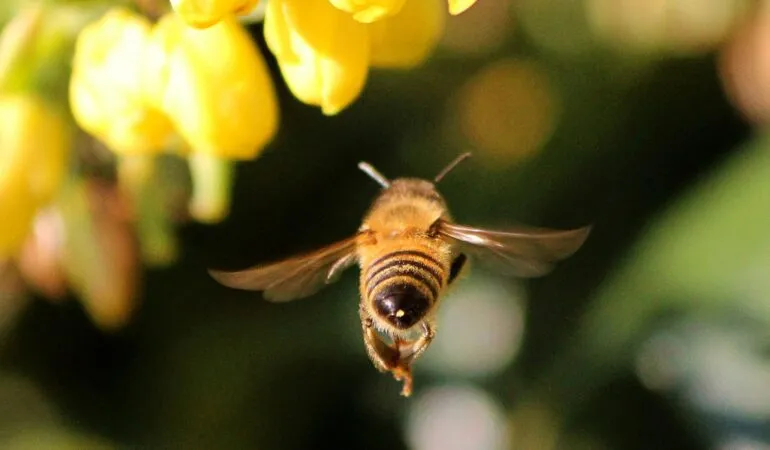Accidental poisoning is preventable—especially when you work with experienced professionals. If you suspect a rodent problem or are worried about secondary rat poisoning in dogs, don’t attempt DIY methods. Instead:
Call Richland Pest & Bee Control for safe and effective rodent treatment
Save the bait label and call your vet immediately if exposure occurs
Contact the National Pesticide Information Center for poison-related questions
Richland Pest & Bee Control has served Connecticut for over 45 years. We use rat poison safe for dogs, pet-safe, and environmentally responsible rodent control solutions to protect your family—including the four-legged ones.
Call 1-800-308-9126 or contact us online to schedule an inspection or get advice from our pest safety experts.
